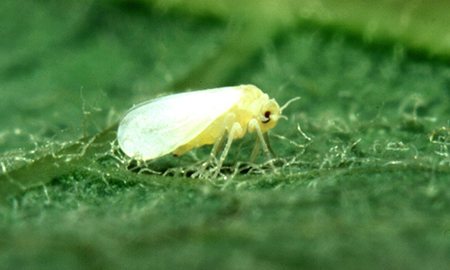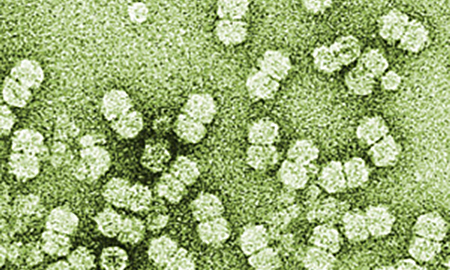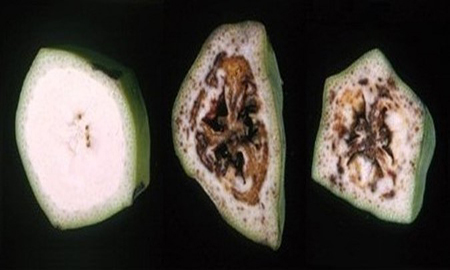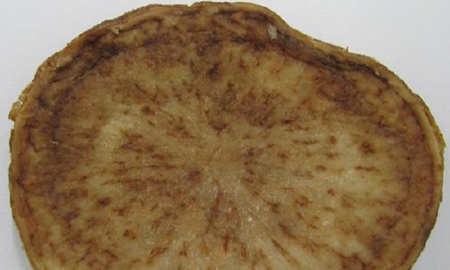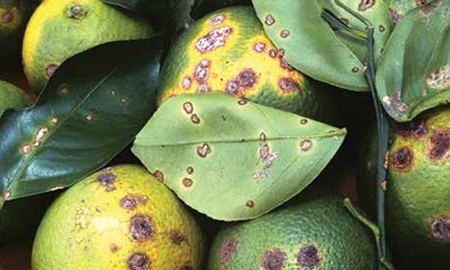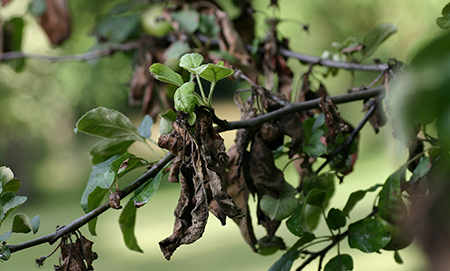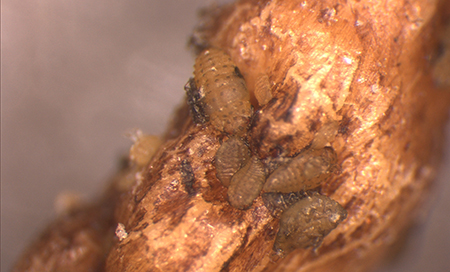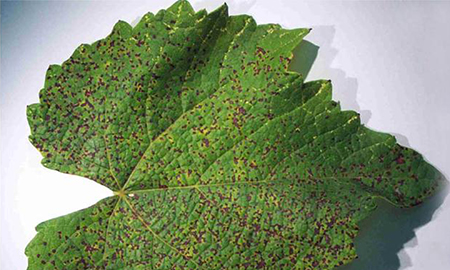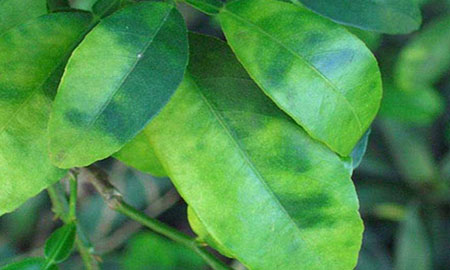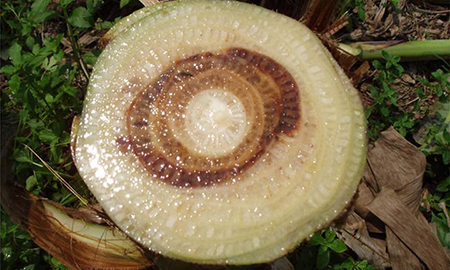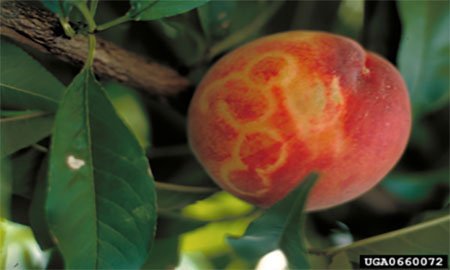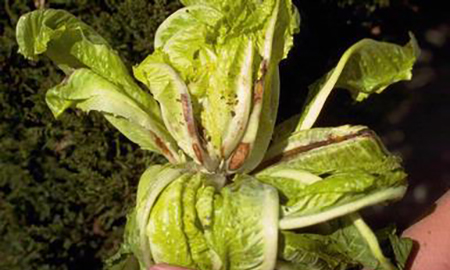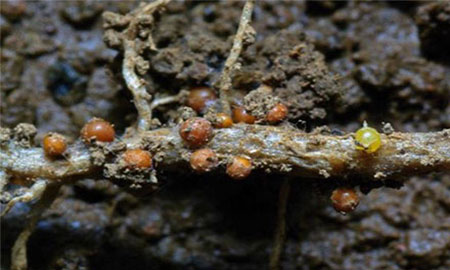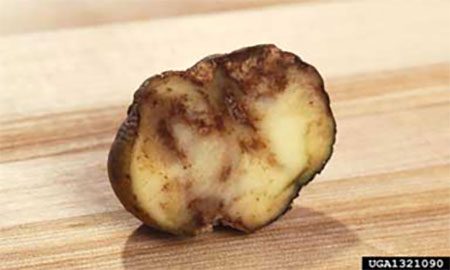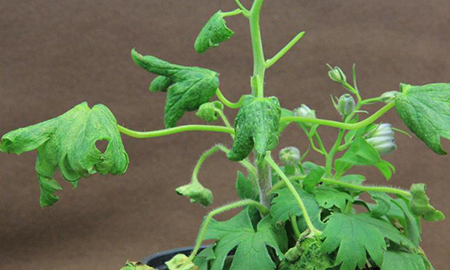Horticulture is Australia’s third-largest agricultural industry. It includes fruit, vegetables, nuts, flowers, turf and nursery products.
Pests that damage horticultural crops include species of:
- bacteria
- viruses
- fungi
- insects
- nematodes.
The National Action Plan for Pests of Horticultural Crops is under development.
The plan will be a nationally agreed approach to:
- prevent the introduction of pests of horticultural crops
- prepare for a response if a pest is detected in Australia.
Success of the plan depends on cooperation and collaboration between stakeholders. These include:
- importers
- shipping businesses
- agricultural industries
- all levels of government
- non-government organisations
- individuals
- experts and research agencies.
What it covers
The National Action Plan for Pests of Horticultural Crops will cover these pests and diseases:
Banana phytoplasma diseases
- Candidatus Phytoplasma asteris (Banana wilt associated phytoplasma)
- Candidatus Phytoplasma novoguineense (Banana wilt, Banana Elephantiasis Disease).
Blood disease and moko disease of bananas
- Ralstonia syzgii subsp. celebesensis (banana blood disease)
- Ralstonia solanacearum (moko strains).
Begomovirus and vectors (exotic strains and species)
- Begomovirus (exotic)
- Bemisia tabaci (exotic, vector) (Siver leaf whitefly).
'Candidatus Liberibacter solanacearum' complex
- Candidatus Liberibacter solanacearum haplotypes (Zebra chip)
- Bactericera cockerelli (vector of Haplotype A and B, exotic) (Tomato potato psyllid)
- Bactericera trigonica (vector of Haplotype D and E)
- Trioza apicalis (vector of Haplotype C) (Carrot psyllid).
Citrus canker
- Xanthomonas citri subsp. citri (citrus canker)
Fire blight
- Erwinia amylovora (Fire blight)
Grape phylloxera
- Daktulosphaira vitifoliae (Phylloxera)
Grapevine leaf rust
- Phakopsora euvitis (Grapevine leaf rust)
Huanglongbing and vectors
- Candidatus Liberibacter africanus (Huanglongbing)
- Candidatus Liberibacter americanus (Huanglongbing)
- Candidatus Liberibacter asiaticus (Huanglongbing)
- Diaphorina citri (Asian citrus psyllid)
- Trioza erytreae (African citrus psyllid).
Panama disease Tropical Race 4
- Fusarium oxysporum f. sp. Cubense (Panama disease tropical race 4)
Phytoplasmas 16Srl group
Phytoplasmas 16Srl group (Aster yellows disease)
Plum pox virus
- Plum pox virus (Sharka)
Potato cyst nematode
- Globodera spp., including G. pallida (exotic strains) and G. rostochiensis (exotic strains) (Potato cyst nematode)
Potato late blight
- Phytophthora infestans (exotic strains)
Tobamoviruses (exotic strains)
- Phymatotrichopsis omnivora (CFMMV)
- Cucumber green mottle mosaic virus (CGMMV)
- Cucumber mottle virus (CMoV/CuMoV)
- Kyuri green mottle mosaic virus (KGMMV)
- Potato 14R virus
- Ribgrass mosaic virus (RMV)
- Tobacco mosaic virus - Potato strain (TMV-P)
- Tomato brown rugose fruit virus (ToBRFV)
- Tomato mottle mosaic virus (ToMMV)
- Turnip-vein clearing virus (TVCV)
- Wasabi mottle virus (WMoV)
- Youcai mosaic virus (YoMV)
- Zucchini green mottle mosaic virus (ZGMMV).
Pest and disease details
Implementation schedule
The plan’s implementation schedule will include activities and projects from 4 action areas:
- prevention
- detection
- response
- cross-cutting (actions that fit into 2 or more of the first 3 areas).
We will review activities annually and document progress.
Get involved
Are you a researcher, industry member or interested person? If you’d like to get involved email us at plantpestpreparedness@aff.gov.au.
Subscribe
Keep up to date with our biosecurity news.

